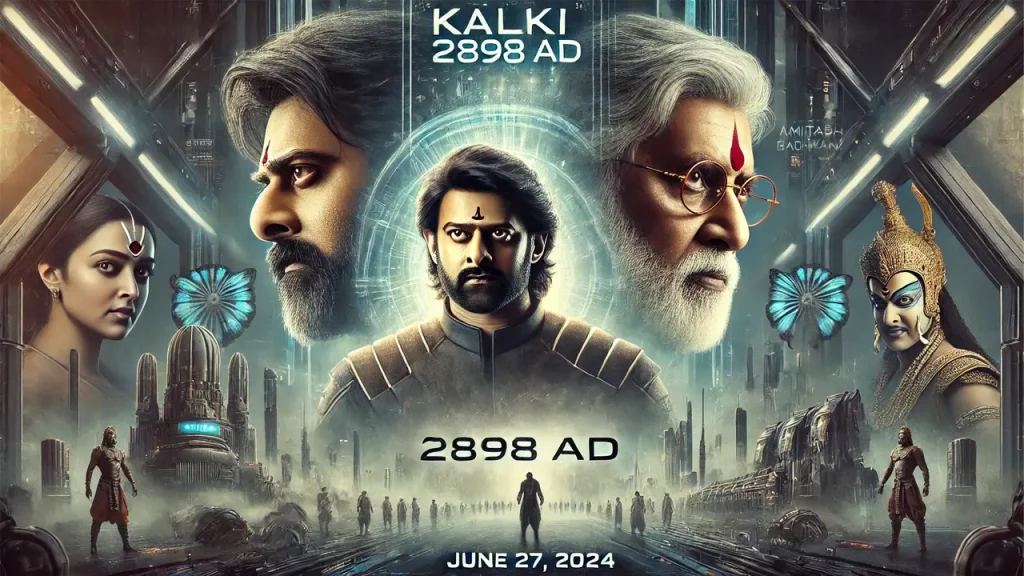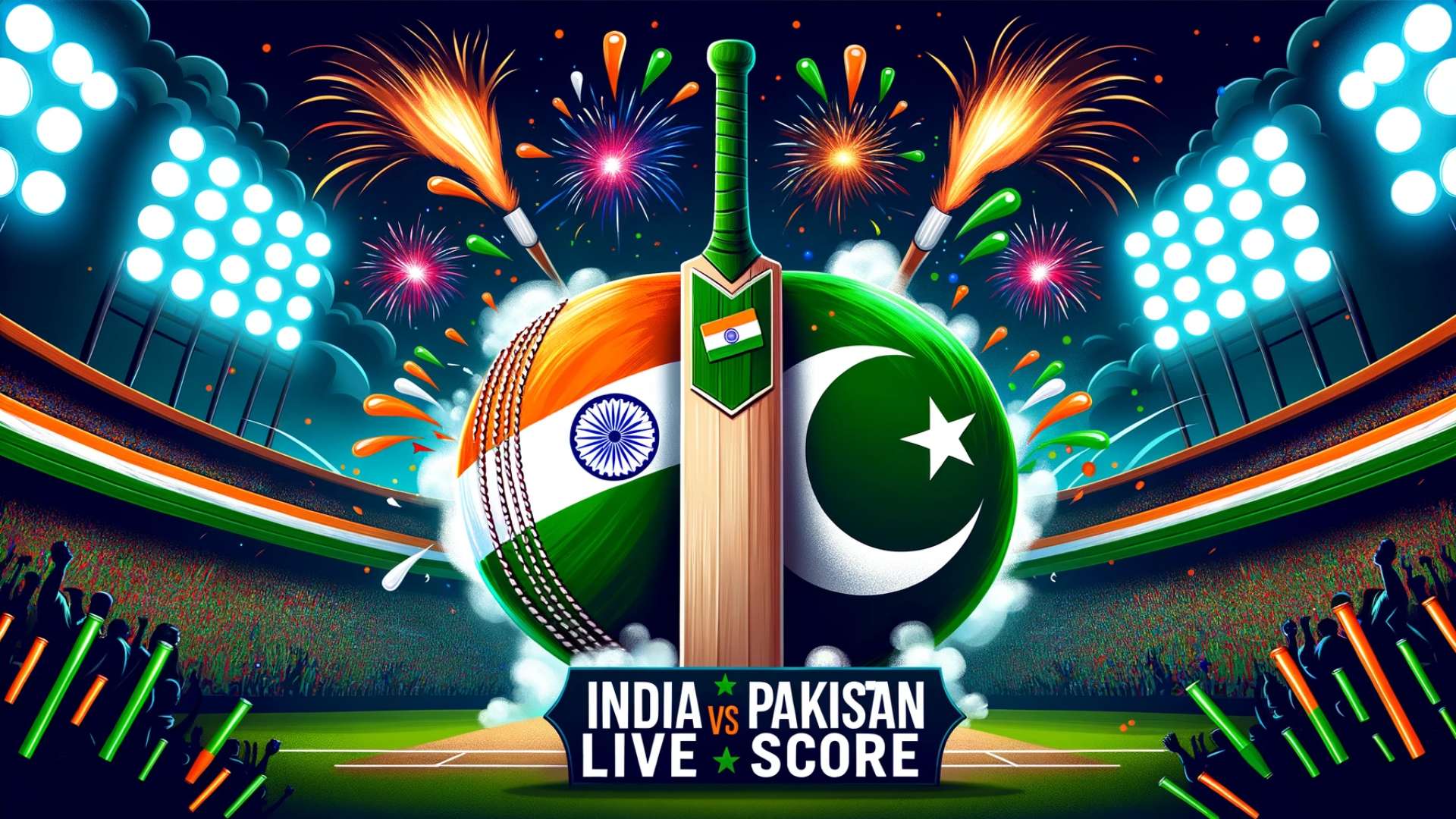Film Review: Kalki 2898 AD – A Cinematic Rollercoaster of Extremes
The film Kalki 2898 AD, directed by Nag Ashwin, is a polarizing experience, divided into two parts that starkly contrast each other. This review will delve into these contrasting aspects, exploring the brilliance and flaws that make up this cinematic journey. Stay with us till the end for an intriguing and controversial analysis.
Mesmerizing Visuals and Performances
Nag Ashwin’s Kalki 2898 AD features breathtaking scenes inspired by the Mahabharata, intricately designed and flawlessly executed with top-notch CGI and VFX. These sequences are so meticulously crafted that they evoke genuine goosebumps, a rare feat in cinema. The depiction is so compelling that one might wish for Nag Ashwin to direct a full-fledged Mahabharata adaptation.
Amitabh Bachchan’s portrayal of Ashwatthama is a standout, redefining acting excellence at the age of 80. His embodiment of the character’s pain and curse is palpable, making him the backbone of the film. Similarly, Kamal Haasan’s limited screen time leaves a significant impact, making audiences crave more of his presence in the second part.
The second half of Kalki 2898 AD deserves a place in Indian cinema history for its impeccable blend of set designs, CGI, and background music. The last 45 minutes, featuring a riveting battle between Bujji and Ashwatthama, will keep you glued to your seat. Prabhas, although not the star of the film, delivers a commendable performance, marking a potential comeback after previous underwhelming roles.

Deepika Padukone: A Stunning Presence
Deepika Padukone looks stunning throughout the film, adding to the visual appeal. The unexpected cameos bring smiles, adding a layer of charm to the narrative.
The Cringe-worthy First Half
Despite the many positives, the first half of Kalki 2898 AD is a letdown, characterized by poor action choreography and cringe-inducing jokes, especially in the Hindi dubbing. Prabhas’ introductory fight scene is among the most cringeworthy, with forced humor and unnecessary prolongation. The inclusion of an item number featuring Disha Patani feels shoehorned, detracting from the overall narrative.
The film’s attempt at humor falls flat, with Prabhas’ character often breaking the serious tone with juvenile comedy. Dialogues intended to be funny come across as awkward and out of place, disrupting the film’s flow.
Derivative Elements and Disconnected Aesthetics
Kalki 2898 AD borrows heavily from Hollywood, with noticeable inspirations from Black Panther and Star Wars. The depiction of Chombala, a futuristic yet grimy world, feels like a rip-off of Paharganj with neon signs and industrial aesthetics. The VFX in some scenes appear cartoonish, and certain props, like cardboard-looking guns, undermine the film’s visual integrity.
Conclusion: A Tale of Two Halves
In conclusion, Kalki 2898 AD is a film of extremes. The Mahabharata-inspired sequences and stellar performances, particularly by Amitabh Bachchan and Kamal Haasan, are worth 200 out of 100 marks for originality. However, the first half’s lackluster execution and derivative elements detract significantly from the overall experience. The film’s abrupt yet satisfying climax redeems it, leaving a lasting impression.
Final Thoughts
If you’ve watched Kalki 2898 AD, share your thoughts in the comments. If not, give it a chance, but be prepared to power through the first half. The second half promises a rewarding cinematic experience. Stay tuned for our next review on Bigg Boss, coming this Saturday.
Kalki 2898 AD is a visual spectacle that pushes the boundaries of Indian cinema. The film is a two-part epic, each half a stark contrast to the other. While the second half is a cinematic marvel, the first half is marred by cringeworthy moments and a meandering narrative.
Visual Spectacle and Technical Brilliance
The film’s technical aspects are top-notch. The CGI and VFX work, especially in the Mahabharata scenes, is breathtaking. The meticulous set designs, seamlessly blended with CGI, create a visually stunning world. The background music, though inconsistent at times, elevates the emotional impact of several scenes.
Kalki 2898 AD Stellar Performances
Amitabh Bachchan delivers a tour de force performance as Ashwatthama. His portrayal of the tormented character is both nuanced and powerful, carrying a significant portion of the film on his shoulders. Kamal Haasan, despite limited screen time, leaves a lasting impression, making audiences crave more of his character in the second part. Prabhas, while not the star of the film, delivers a decent performance, a welcome change from his previous outings. Deepika Padukone, though underutilized, adds to the film’s visual appeal.
A Tale of Two Halves
The film’s biggest drawback is its uneven narrative. The first half is riddled with cringeworthy humor, forced jokes, and an unnecessary item number. Prabhas’ introductory fight sequence is particularly jarring, with poor action choreography and cringe-inducing dialogues. The film’s tone shifts abruptly between serious and comedic, often undermining the impact of crucial scenes.
The second half, however, redeems the film. The narrative becomes more focused, and the action sequences are thrilling. The final 45 minutes, featuring the epic battle between Bujji and Ashwatthama, are a visual treat. The film’s climax, though abrupt, is satisfying and leaves a lasting impact.
Originality vs. Inspiration
While the film draws inspiration from various sources, including Hollywood blockbusters and Greek mythology, the Mahabharata and Ashwatthama portions stand out for their originality. The film successfully blends Indian mythology with futuristic elements, creating a unique cinematic experience.
Final Verdict
Kalki 2898 AD is a must-watch for its technical brilliance, stellar performances, and the sheer audacity of its vision. While the first half is a test of patience, the second half is a cinematic masterpiece that will leave you in awe. The film is a testament to the potential of Indian cinema to create original and visually stunning stories.
Remember:
- Don’t miss the second half: Power through the first half, as the second half is where the film truly shines.
- Support original content: Encourage filmmakers to create original stories rather than relying on copied concepts.
- Watch it with your family: The film is a visual spectacle that will entertain audiences of all ages.
Overall, Kalki 2898 AD is a cinematic experience that should not be missed. Despite its flaws, the film is a bold step forward for Indian cinema, and it deserves to be celebrated for its ambition and originality.






